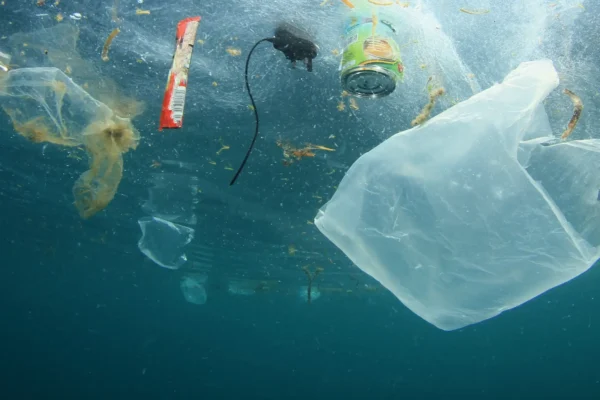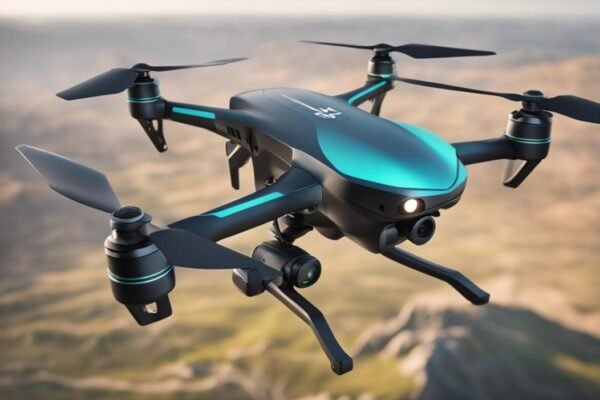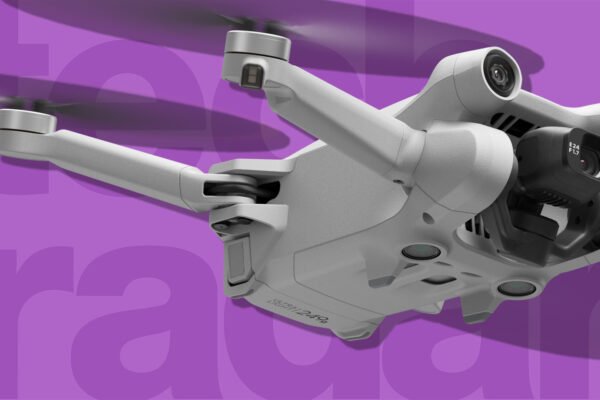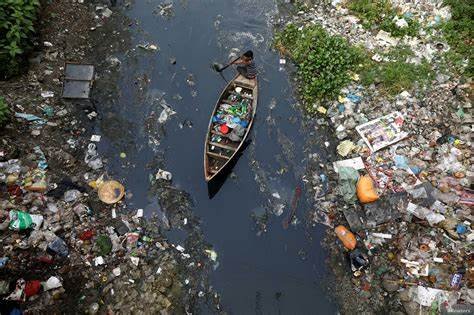
Water Pollution and Its Effects on Marine Life
Water pollution, a growing global crisis, involves the contamination of water bodies such as oceans, rivers, lakes, and groundwater. The pollutants, originating from industrial discharge, agricultural runoff, plastic waste, oil spills, and untreated sewage, severely affect marine ecosystems and disrupt the delicate balance of life underwater. This article delves into the sources of water pollution,…










